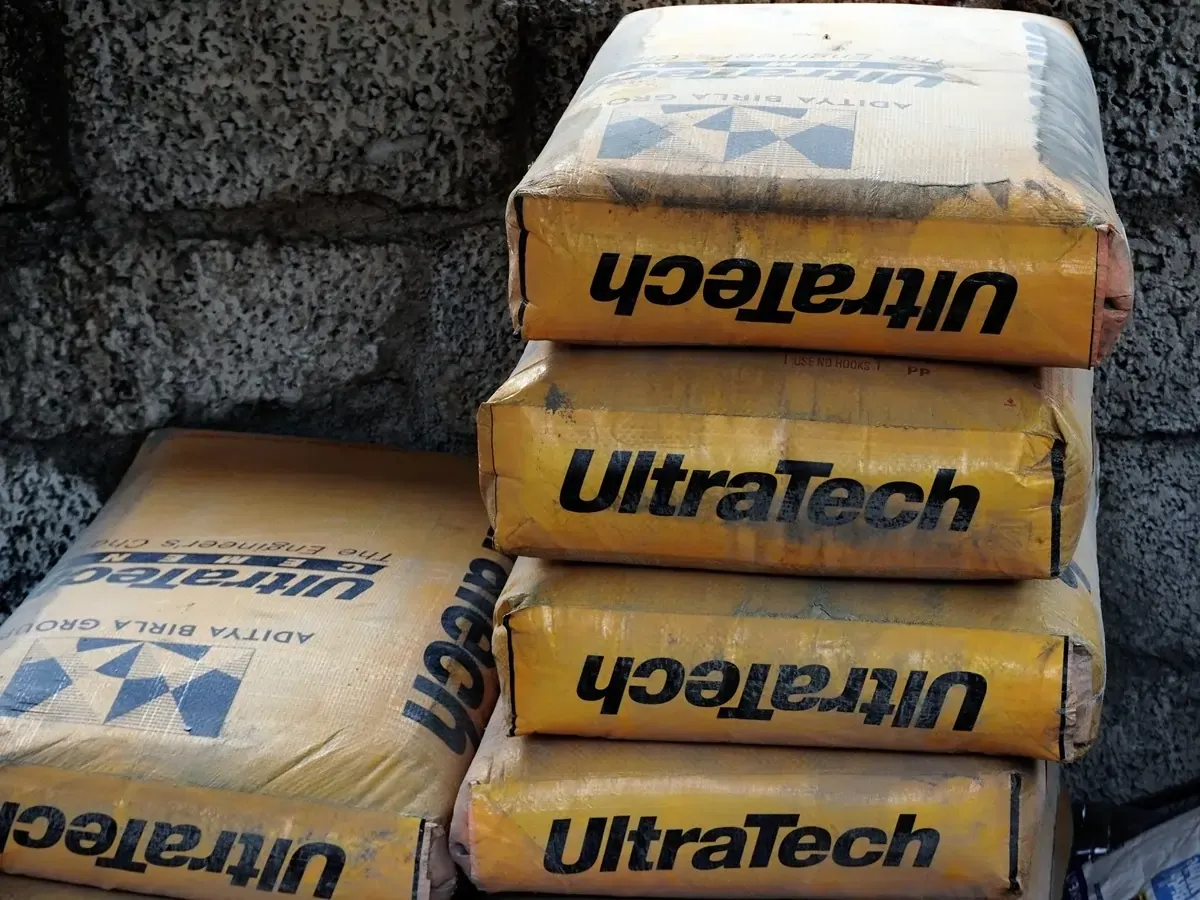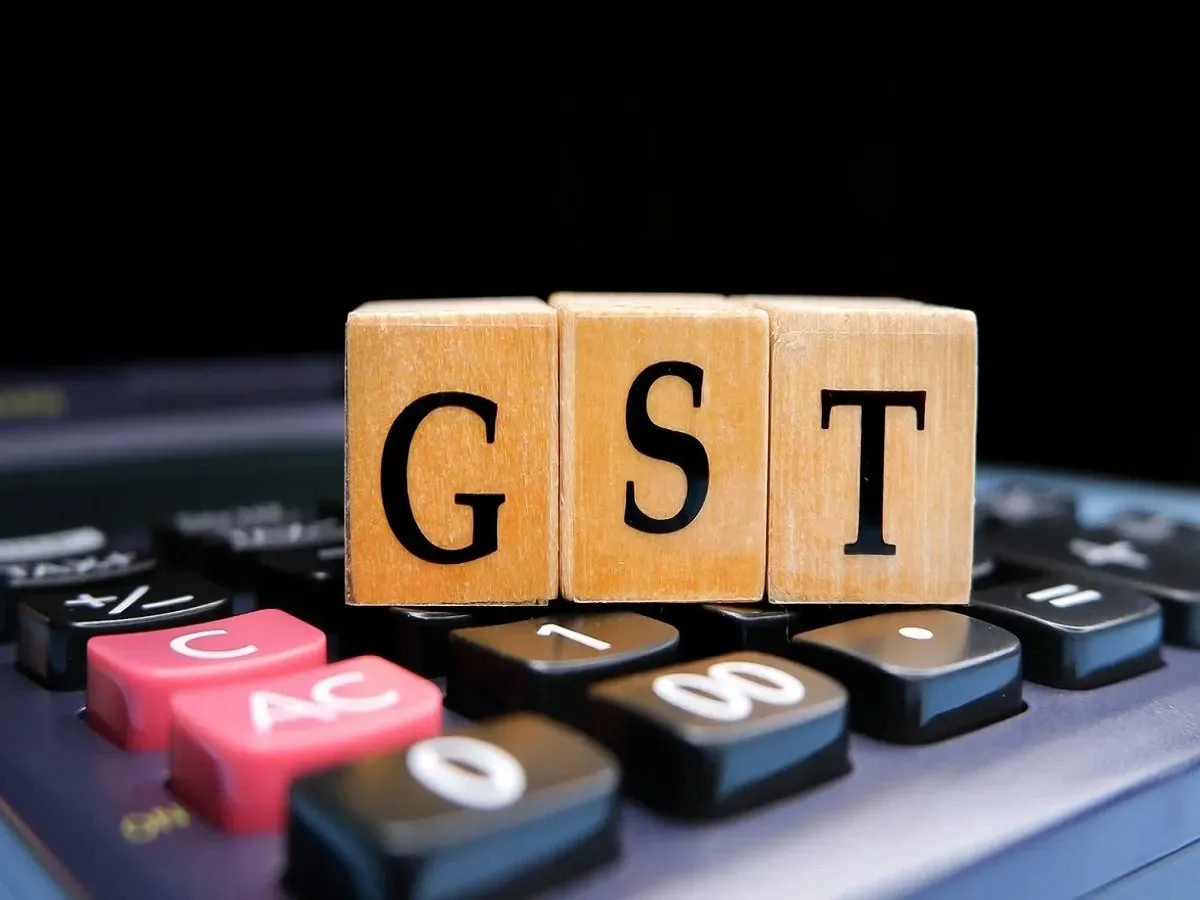Market News
ACC, UltraTech, Ambuja Cements: Cement stocks likely to rally ahead as GST cut expected to boost firms' operating profits in FY26

5 min read | Updated on September 23, 2025, 13:29 IST
SUMMARY
Cement stocks: According to its latest report by ratings agency ICRA, the GST rate cut will reduce overall construction expenses in rural housing by 0.8%-1.0%, boosting volumes and supporting enhanced capacity addition.
Stock list

A reduction in GST is expected to enhance the competitiveness of the Indian cement industry. | Image: Shutterstock
According to its latest report by ratings agency ICRA, the GST rate cut will reduce overall construction expenses in rural housing by 0.8%-1.0%, boosting volumes and supporting enhanced capacity addition.
Backed by the healthy cement demand, ICRA said average cement realisation (ex-factory price excluding GST) will rise by 3-5% in FY 2026, even as the input prices are expected to remain range-bound, boosting the operating profit of cement companies by ₹100-₹150/MT. Further, OPBIDTA/MT is likely to improve by 12-18% to ₹900-950/MT in FY 2026.
OPBIDTA/MT stands for operating profit before interest, depreciation, taxes, and amortisation per metric tonne. It is similar to EBITDA but often used in sectors like manufacturing or commodities.
On September 3, 2025, the GST Council approved the reduction of GST on cement from 28% to 18%.
Hailing the government move, industry players said that the GST rate reduction on cement will not only support domestic manufacturers but also accelerate the pace of infrastructure development and catalyse industrial expansion in India.
A reduction in GST is expected to enhance the competitiveness of the Indian cement industry by creating a level playing field with global peers, said the Cement Manufacturers' Association (CMA).
ICRA, in its note, said that cement volumes increased by 8.5% in 5M FY2026 due to strong demand from the housing and infrastructure segments, despite the early onset of the monsoons in a few regions. Cement prices have increased by nearly 7.4% in 5M FY2026 on a YoY basis, with major hikes in the northern and eastern regions. The trajectory of input prices, especially for pet coke and freight, is linked to global crude, which remains exposed to geopolitical dynamics.
Giving more insights, Anupama Reddy, Vice President and Co-Group Head, Corporate Ratings, ICRA, said, "With the recent GST rate cut from 28% to 18% expected to be passed on to customers, and the average retail price of cement currently ranging between ₹350 and ₹360 per bag, consumers are projected to benefit by ₹26–₹28 per bag."
The GST cut makes rural housing more affordable and is likely to result in a 0.8%-1.0% reduction in overall construction expenses in rural housing, which in turn would support demand.
"Driven by healthy demand, capacity additions may increase to 41-43 million MTPA in FY2026 from 31 million MTPA in FY2025, spearheaded by the eastern region, which is likely to lead the grinding capacity," Reddy added.
ICRA said its sample for study includes ACC Ltd, Ambuja Cements, JK Cements, JK Lakshmi Cement, The Ramco Cements, UltraTech Cement, Dalmia Bharat, Birla Corporation, Shree Cement, Sagar Cements, and Heidelberg Cement India (HCL), which cumulatively account for 74% of industry capacity.
Overall, the credit profile of large cement producers is expected to remain stable, driven by a healthy growth in operating income, expected improvement in operating margins and comfortable leverage metrics. The industry has witnessed consolidation in recent years, and the performance of larger players is expected to outperform that of mid-size players in the medium term, ICRA added.
About Indian Cement Industry
According to the India Brand Equity Foundation (IBEF), India is the second-largest cement producer in the world and accounts for over 8% of the global installed capacity.
Of the total capacity, 98% lies with the private sector and the rest with the public sector.
In December 2024, cement volumes touched 37.2 million metric tonnes, marking a 4% rise compared to last year. In FY25 (April to December), total volumes reached 319 million tonnes, up 3% year-on-year.
In FY23, the market size of India’s cement industry reached 3.96 billion tonnes and is expected to touch 5.99 billion tonnes by FY32, exhibiting a CAGR of 4.7% during FY24-FY32. India's cement production reached 374.55 million tonnes in FY23, a growth rate of 6.83% YoY.
The Indian cement industry is projected to grow at a compound annual growth rate (CAGR) of 5.1% from 2025 to 2030, driven by expansion in residential, infrastructure, commercial, and industrial sectors, IBEF says.
How cement shares have performed YTD
Most cement stocks have gained on a year-to-date (YTD) basis (as of the September 23, 2025 afternoon session).
Data show that UltraTech Cement has rallied over 8.5% so far in CY 2025, while ACC shares have slipped 8%. Ambuja Cements has rallied nearly 9%, while J K Cement has jumped 50%. Shree Cement shares have advanced 17.5% during the period, while Dalmia Bharat has jumped nearly 33%.
Cement sector Q1 FY26 review
Driven by increased government spending on key infrastructure projects, leading cement manufacturers reported a solid performance in the June quarter (Q1 FY26) with a double-digit volume growth and higher sales realisation.
Cement makers expect the trend of an overall improvement to continue in FY26.
Moreover, lower input costs, such as a decline in coal and petcoke prices, along with stable diesel costs, also helped in the improvement of EBITDA terms, which faced a rough patch in FY25.
Leading cement maker UltraTech Cement reported a volume growth of 9.7% to 36.83 million tonnes (MT), helped by acquisitions of India Cements and the cement business of Kesoram Industries.
Similarly, Adani Group firm Ambuja Cements also reported its highest-ever cement sales volume of 18.4 MT and its highest-ever quarterly revenue at ₹10,000 crore.
Related News
About The Author
Next Story



